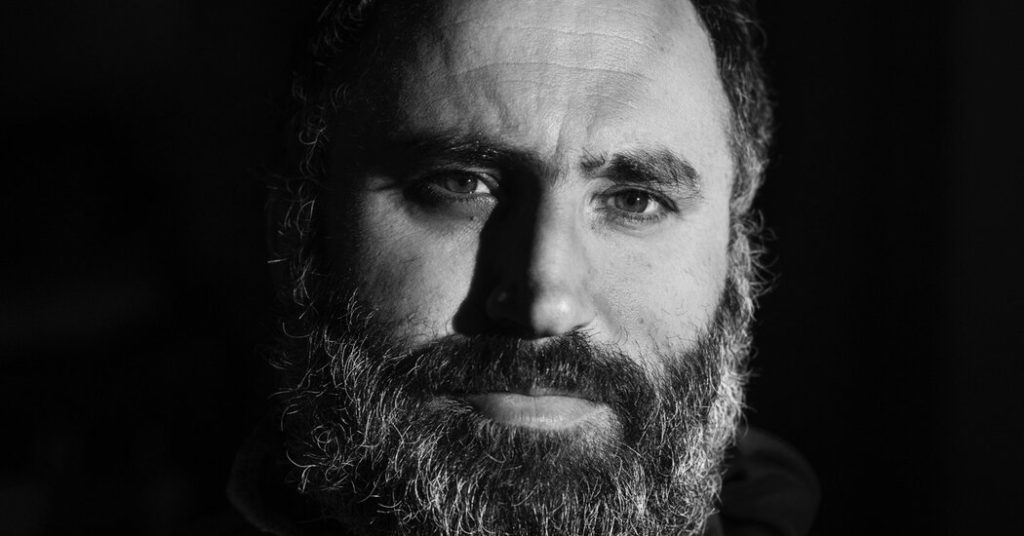Amro, a Palestinian activist in Hebron, was inspired by Gene Sharp’s concept of nonviolent resistance as a powerful tool against authoritarian regimes. Sharp’s book, “Waging Nonviolent Struggle,” advocated for a strategy based on stubbornness, refusal to cooperate, disobedience, and resistance. Amro organized protests and mobilized students to challenge the Israeli occupation of Palestine. By shutting down a main thoroughfare and organizing an occupation of campus buildings, he successfully confronted the military forces and achieved a rare victory for Palestinians in the West Bank.
As Amro delved into South African history, he drew parallels between Mandela’s fight against apartheid and his own struggle against Israeli segregation policies in Hebron. He highlighted the injustices faced by Palestinians, such as differential treatment in legal systems, restrictions on movement, and discriminatory laws. Despite the lack of effective political leadership among Palestinians, Amro saw potential in grassroots movements in rural villages challenging the occupation through marches, sit-ins, and boycotts. He envisioned a similar approach for Hebron, the West Bank’s largest city, to confront the Israeli occupation and settlements.
Amro’s commitment to nonviolent resistance was influenced by Sharp’s belief that authoritarian regimes toppled by violence often led to the rise of violent successors. By adopting a strategy of mass stubbornness and civil disobedience, Sharp argued that corporations, military powers, and oppressive governments could be dismantled. Amro embraced this vision and worked tirelessly to mobilize youth and activists in Hebron to resist the Israeli occupation through peaceful means. Despite facing opposition from both Israeli and Palestinian authorities, Amro remained steadfast in his commitment to nonviolent resistance.
The occupation of Palestine by Israel imposed a system of segregation and discrimination against Palestinians, reminiscent of the apartheid regime in South Africa. Amro highlighted the unequal treatment faced by Palestinians in terms of access to resources, legal rights, and freedom of movement. He challenged the complacency of his fellow Palestinians and urged them to join him in nonviolent resistance against the occupation. Drawing inspiration from Mandela’s struggle, Amro sought to unite Palestinians in Hebron in their fight for justice and equality.
Amro’s efforts to organize protests, boycotts, and sit-ins in Hebron received mixed reactions from the Palestinian community. While some viewed his actions as a necessary response to the oppressive occupation, others questioned the effectiveness of nonviolent resistance in the face of Israeli aggression. Amro continued to advocate for peaceful means of resistance, believing in the power of mass mobilization to challenge the status quo and bring about change. Despite facing adversity and opposition, he remained committed to the principles of nonviolent struggle and the belief in its potential to create lasting impact.
In the face of political turmoil and a lack of effective leadership among Palestinians, grassroots movements like the one led by Amro in Hebron offer a glimmer of hope for change. By adopting a strategy of nonviolent resistance and mobilizing communities to challenge the occupation through peaceful means, activists like Amro seek to reclaim their rights and dignity. As they draw inspiration from past struggles against oppression, they pave the way for a brighter future in which justice, equality, and freedom prevail. Through persistence, determination, and unity, they strive to build a better world for themselves and future generations.


